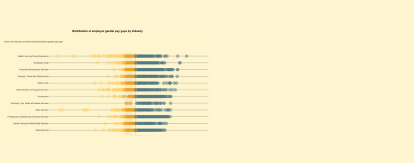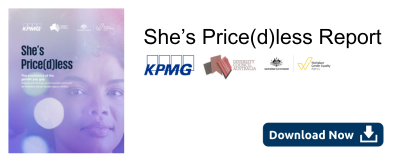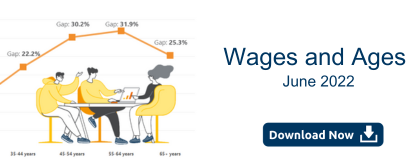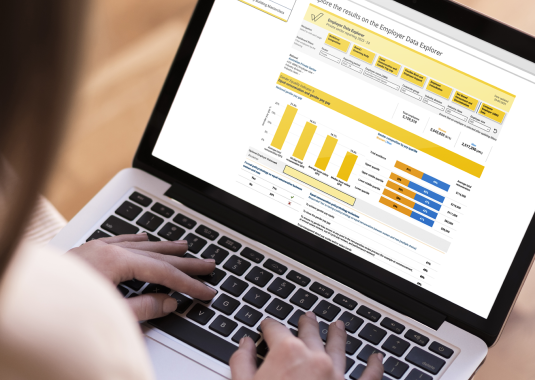WGEA collects, analyses and publishes world-leading data on workplace gender equality covering more than 5 million employees in Australia. Our data and statistics include details on employer and national gender pay gaps, rates of women and men by occupation and industry, parental leave and flexible work policies and the actions employers are taking to improve gender equality in their workplace.
Explore our data

Built by RMIT Phd candidate Rida Abbasi, this interactive allows users to explore WGEA's employer gender pay gap data in a unique way.

WGEA has created a series of Data Explorer instructional videos to help guide you through the features of the website.
Information and fact sheets

WGEA has published employer gender pay gaps for the second time, setting a benchmark from which employers can drive change.

WGEA's in-depth analysis of employer data from the last reporting period covering gender pay gaps, workforce composition, flexible work, parental leave and more.

Everything you need to know about the state of the gender pay gap in Australia.

The ABS gender pay gap is based on base salary for full time workers only. Find out how it differs by state, industry and sector.

Find out how WGEA calculates and presents its employer gender pay gap data, what's included, and what's excluded.
Analysis

The most valuable actions employers can take to increase workplace gender equality and reduce gender pay gaps.

Discrimination is the leading driver of the gender pay gap

At every age less than 50% of women in the workforce work full-time
